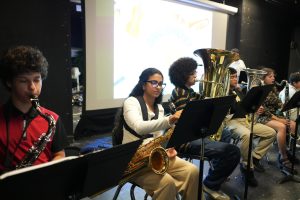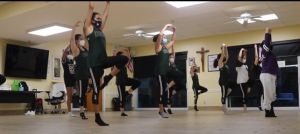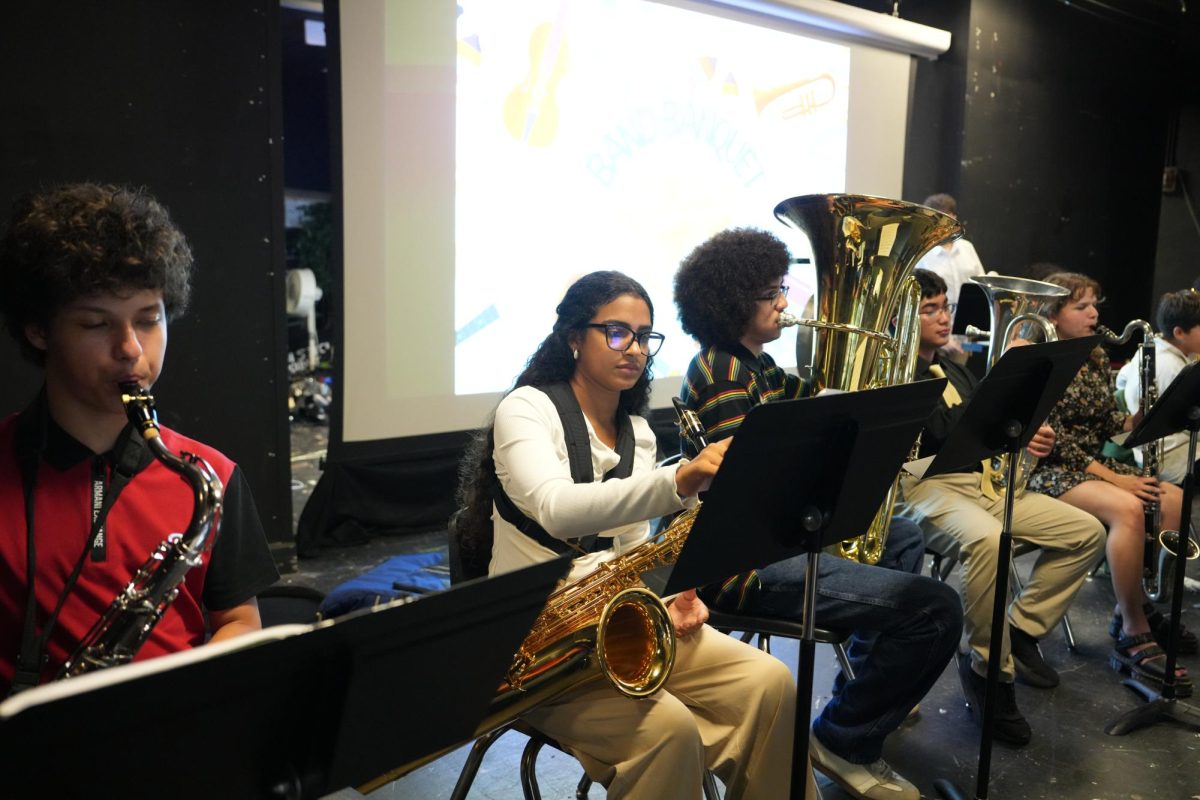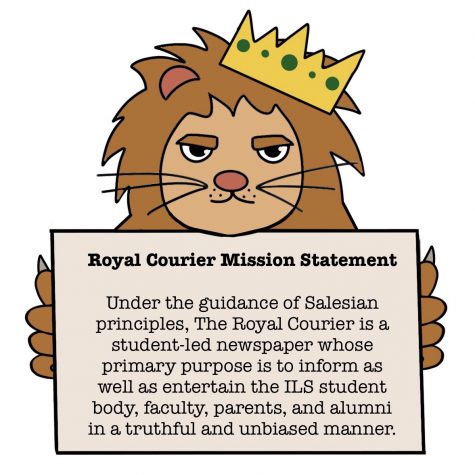ILS: Then and Now
June 3, 2022
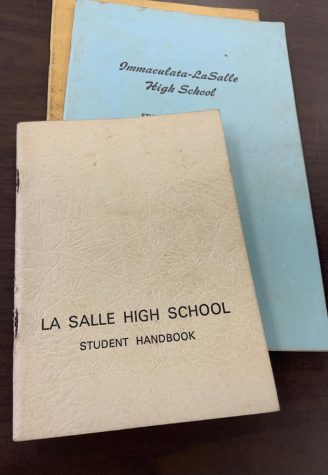
Alumnus, Elvis Cruz (Class of 1975) found an invaluable piece of school history within his possession: a student handbook from 1967.
Seeing how different La Salle was then compared to now not only shows how much the school has grown, but also society as a whole.
Starting off the many differences is that ILS used to be run by Priests and Brothers rather than the Nuns and lovely Sisters we see everyday.
Along with this, there is a brief history of La Salle within this rule book, which states how Immaculata and La Salle were two separate schools, one for females and the other for males, respectively. The switch to a combined co-ed school took place long ago in 1969.
Furthermore, even the grading scale was different at the time. A 70%—a “C” in today’s scale— was actually recognized as the letter grade of a “D” and constituted a failing grade. When this would occur, the failing grade would be removed from the student’s record by retaking the subject in summer school.
The difference in tuition is also completely drastic. Compared to the estimated more than $14,000 for a singular student, students going to the ILS at the time were going for a minuscule amount. The total tuition, excluding senior fees and entrance fee, was $225 a year ($25 for nine months). The entrance fee was $25 and the graduation fee for seniors was only $20 dollars and was payed during the second semester of classes.
ILS is also known as predominantly Hispanic school, but at the time of this handbook it wasn’t. There was a complete section in this handbook that speaks about languages within the classroom and it clarifies that no other languages should be spoken in school minus English, stating that “future success in this country depends on the proficient use of English.” In today’s world, the exact opposite can be said. The more languages you know, the better.
Despite all the differences, ILS has always had a familial atmosphere.
“ILS gave me an extensive network of friends. My time at ILS represents the best years of my life. I had so much fun here,” recalled Mr. Cruz.
Although it will be constantly changing, ILS will always be a place to build unbreakable bonds and a place that alumni can call home.



